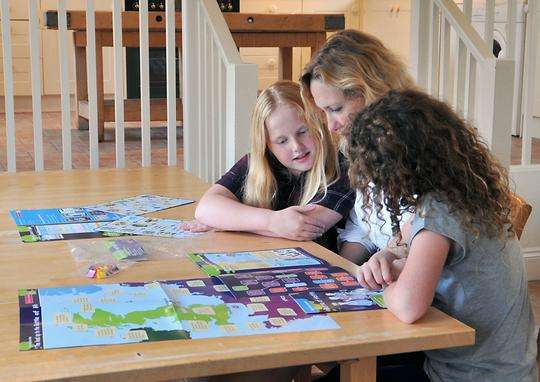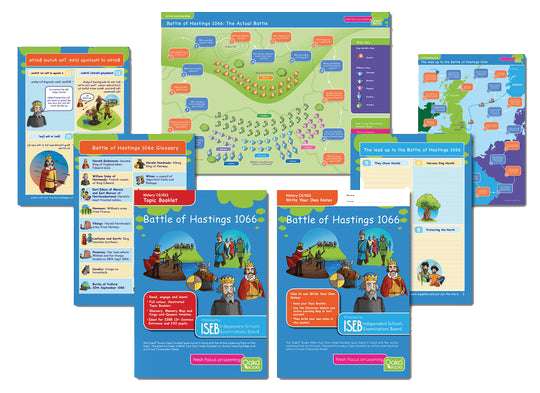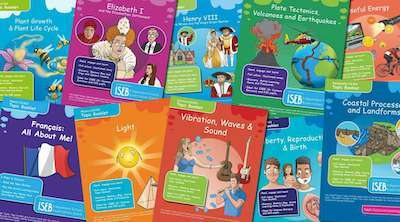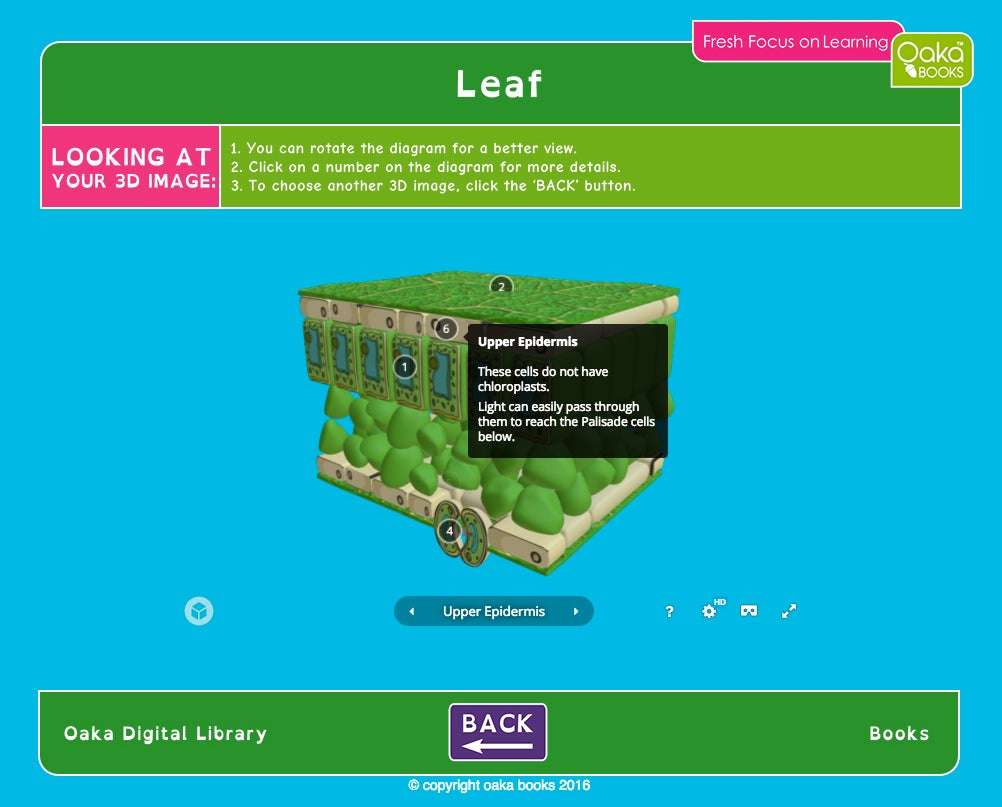Understanding dyslexia and its impact on students is crucial for creating effective learning environments. In this discussion, Jane, a headteacher at a school for dyslexic pupils, along with students, share their experiences and the strategies that have helped them. Their insights highlight the importance of tailored educational approaches to support dyslexic learners. Below is a transcript of their conversation.
Jane: I’m Jane, I’m a headteacher of a school for dyslexic pupils. Most of the children have come here because they’ve failed in mainstream. Unfortunately, a lot of children fail because they’re behind to start with and their self-esteem becomes very low because they’re playing a sort of catch-up game all the time. It’s not just about not being able to read, there’s a lot more complexities in it. A lot of children maybe could be dyspraxic, they can be dyscalculic, having problems with numbers and problems with sequencing. A lot of them have problems with concentration, which is a bit of a vicious circle because they don’t concentrate, then they can’t learn in the classroom. Some have sensory issues and find working in a fairly noisy environment very difficult.
Student 1: I guess when I first found out I was dyslexic, it was kind of surprising, I guess. And my mum didn’t understand, so she would get angry at me and she wouldn’t know and I would cry normally and she wouldn’t know why because she had no idea I had dyslexia.
Student 2: Yeah, I went to this other school and I guess they weren’t very nice to me. They would rush me around the place. They would sit me out. I would even cry sometimes in the loo. It wouldn’t be fun. I would find it quite upsetting sometimes. And it’s not just dyslexia people can have, it can be other problems.
Jane: The children learn best with visual prompts. Obviously, their memories are usually very poor. Their working memories are poor, so they don’t remember by being told things. They learn very much through activities, drama, and playing the different parts of the people they’re learning about.
Student 3: Things that make me learn are colourful stuff. If it’s got pictures in it, if it’s just a grey piece of writing or something, I won’t get it. When I’m doing a topic, the things that make me learn is when we act things out. I like learning through pictures and I also like cartoons and videos. It’s a lot easier for me to learn.
Student 4: My mum bought a book about the Great Fire of London. And when I got home, I started reading it and doing the activity sheet that’s called the Map of the Great Fire of London and I was at the top of the class.
Jane: In school, we’ve been using some of the Oaka Books products. What I have found with them is that they’re very colourful, the information is in very short chunks, and there’s a sequence to them so the children can follow the sequence of learning. They feel they can look at each sequence they go through and they can sort of look by the time they get to number 10 and say, “Oh, I know all these facts already.” Because they’ve seen it visually, they can imagine that and also go back over it because there are cards that will test their memory, and there are games they can play. The important thing is they enjoyed learning it and they remembered it through the books.





